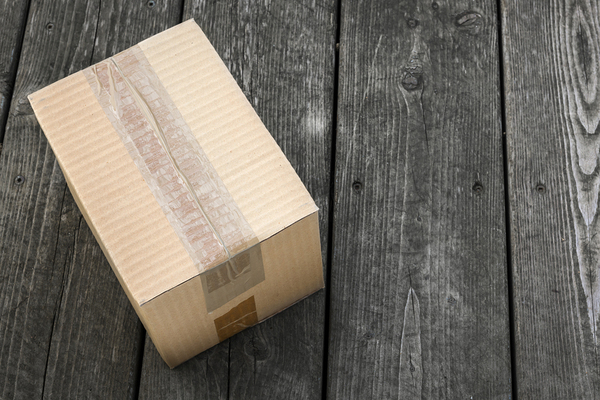Cleaner labels and clear packaging help consumers and packagers alike make better decisions.

Want to know what the clean label fuss is all about, why it's on-trend and what it means for packaging and graphics design? You can in this short debriefing from a food scientist and principal with The Clean Label Conferences.
As a career food scientist and co-owner of Global Food Forums, producer of the Clean Label Conferences, Claudia O'Donnell is embedded within the clean label movement. She's also a former colleague of mine from back on Prepared Foods magazine, for which she was editor for a number of years. When I sought to learn more about clean labels and what that means for packaging, she was my go-to expert. I found her responses enlightening and I hope that you do, too.
In short, what is meant by a "clean label?"
O'Donnell: There is no regulatory definition, though many definitions have been offered by the industry. I feel, most simply, it means that consumers are familiar with the ingredients contained in the food or beverage and that they view the product as wholesome.
How hot is this trend and does it have "legs"?
O'Donnell: It's very hot and very long term. I was director of R&D/QC of a small food company in California. My boss, the president, would tell me "I don't want any ingredients in our products that my wife does not know what they are." That was three decades ago!
Most point to consumers as the driver of the clean label trend. However, increased globalization of food distribution is another. Foods with uncomplicated ingredient legends face less regulatory hurdles when a company tries to market them in different countries.
And, advances in food technologies have also helped drive, or at least enabled, the trend. Consumers also want safe, healthful, convenient and great-tasting foods they can afford. Emerging ingredient, processing and packaging technologies allow the development of clean-label products that still have those characteristics.
What's a "good" callout to add or an ingredient to eliminate?
O'Donnell: It depends, in part, on the targeted market. For example, "free from allergens" can be a component of a clean label as can animal welfare. Some consumers may not want dairy ingredients. However, whey proteins are attractive to most body builders. And, an ingredient legend that lists butter, milk powder or yogurt could appeal to those looking for convenient, great tasting food "like grandma use to make."
The decision as to which ingredients should be eliminated for a cleaner label depends, in part, on the target market. Technology considerations, including packaging, are also important.
Read more from the source: packagingdigest.com







